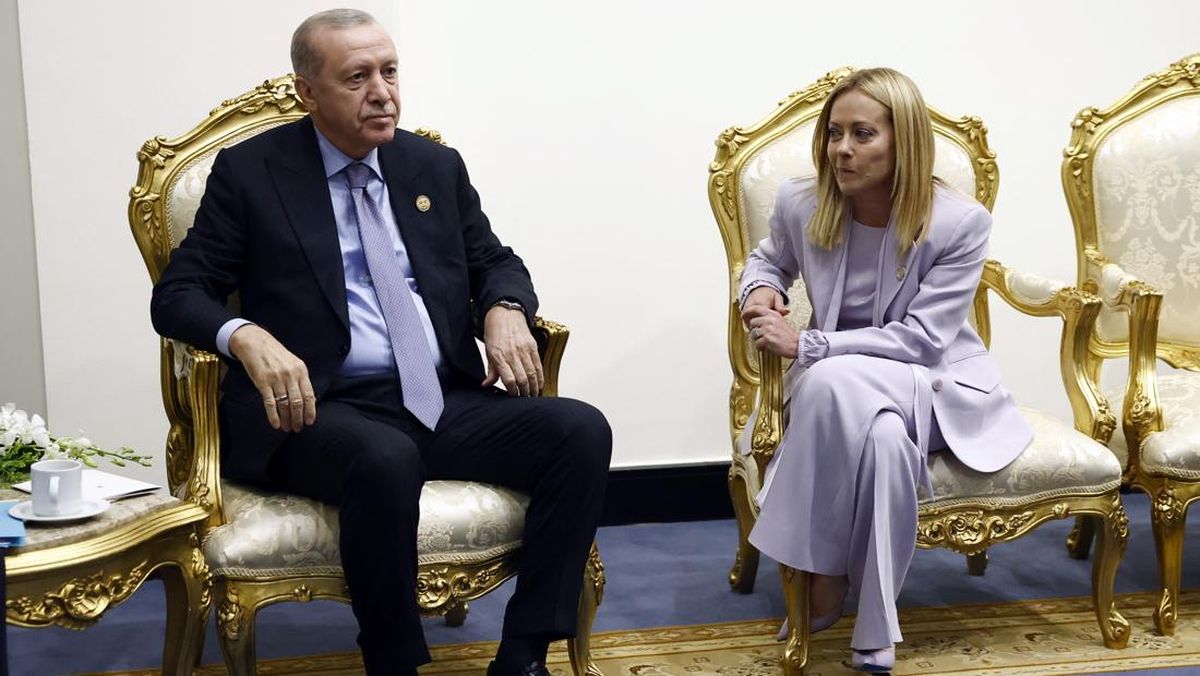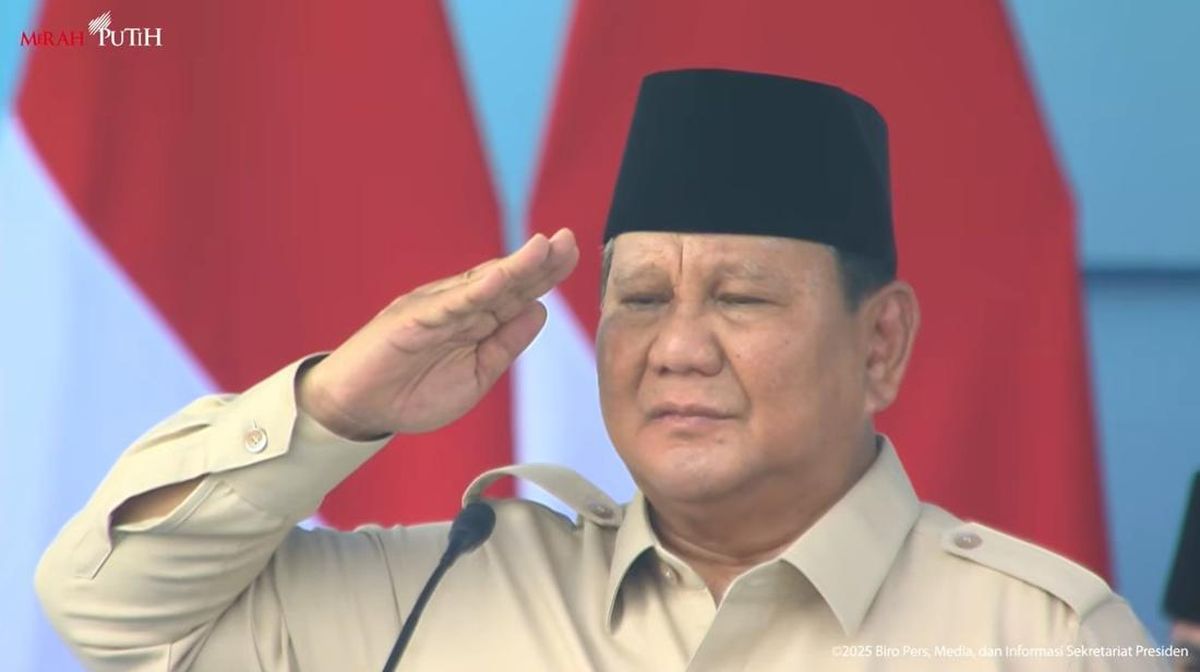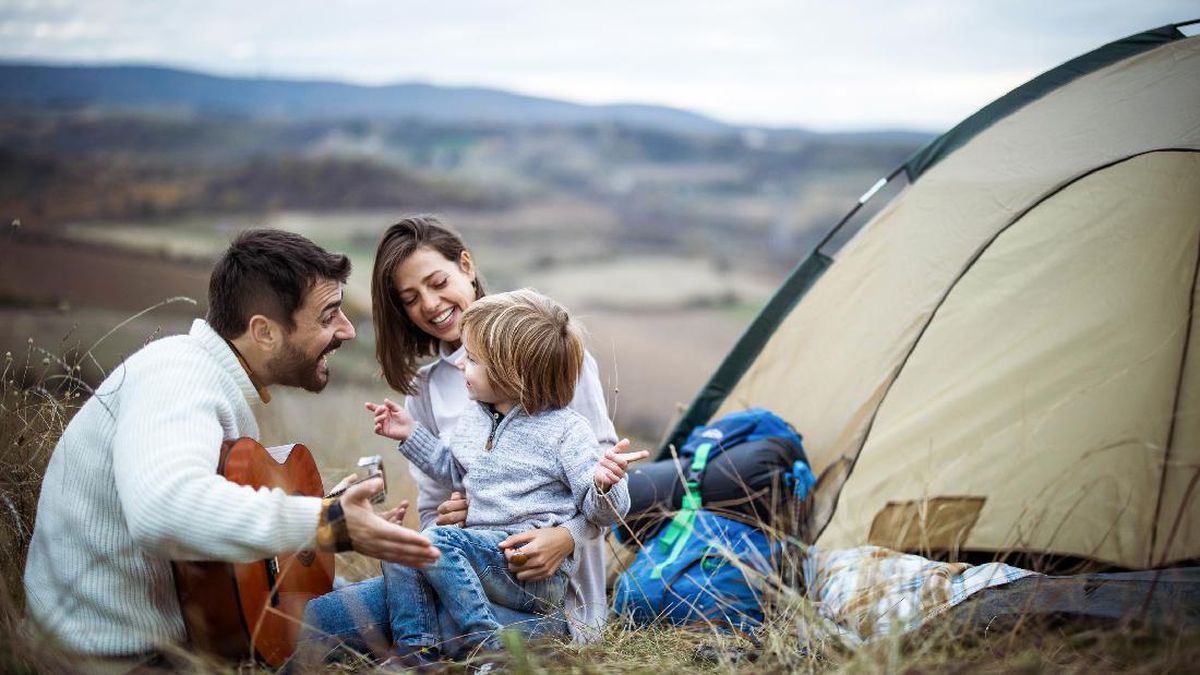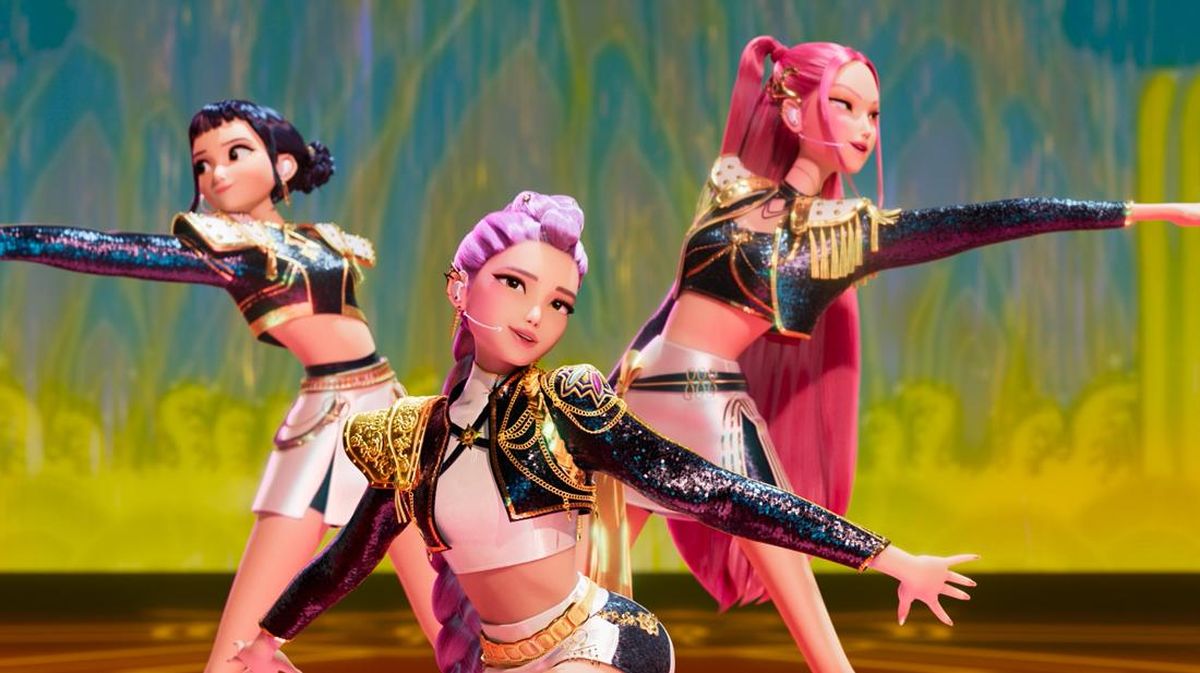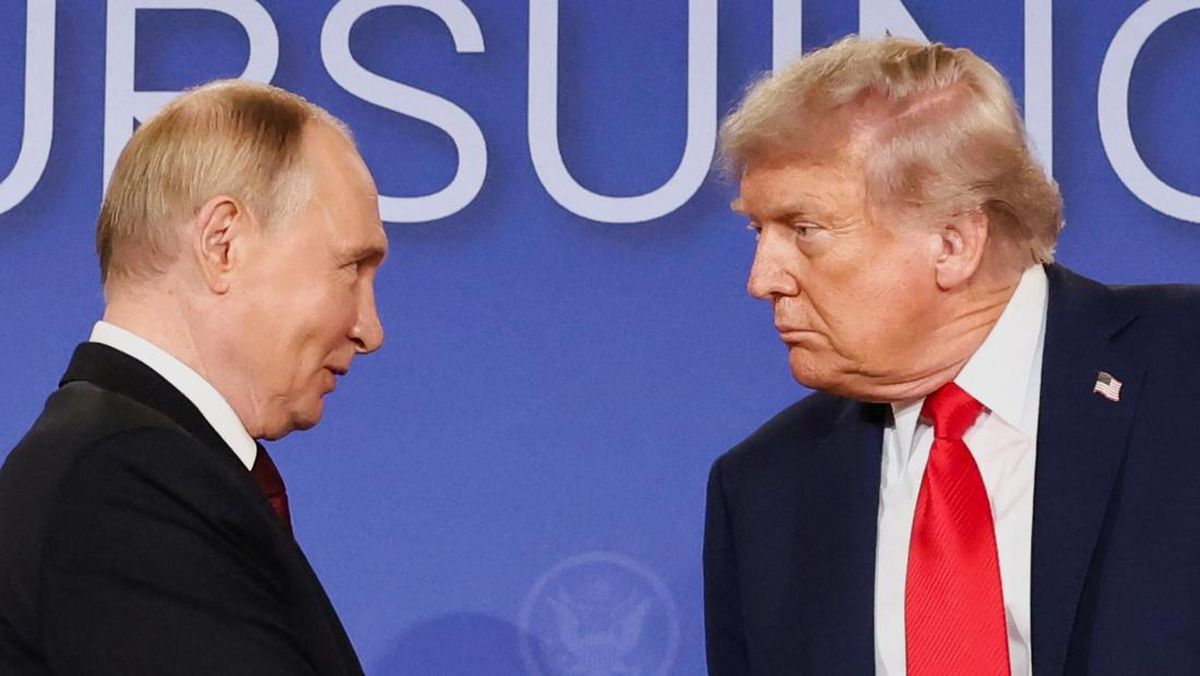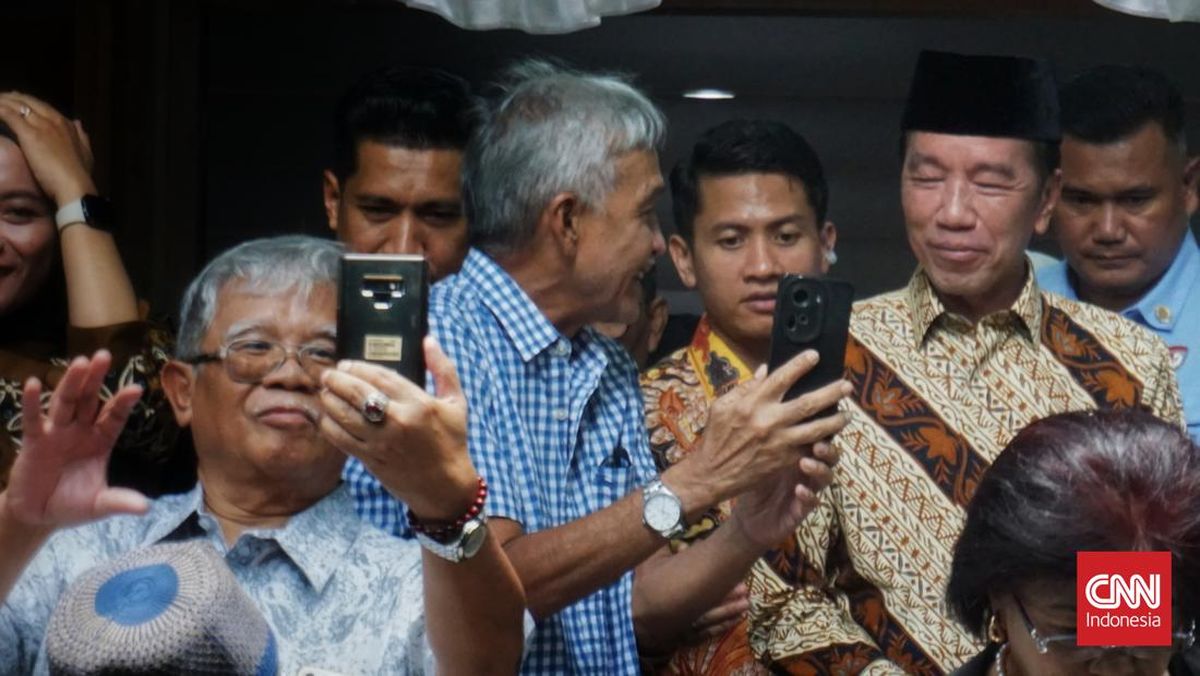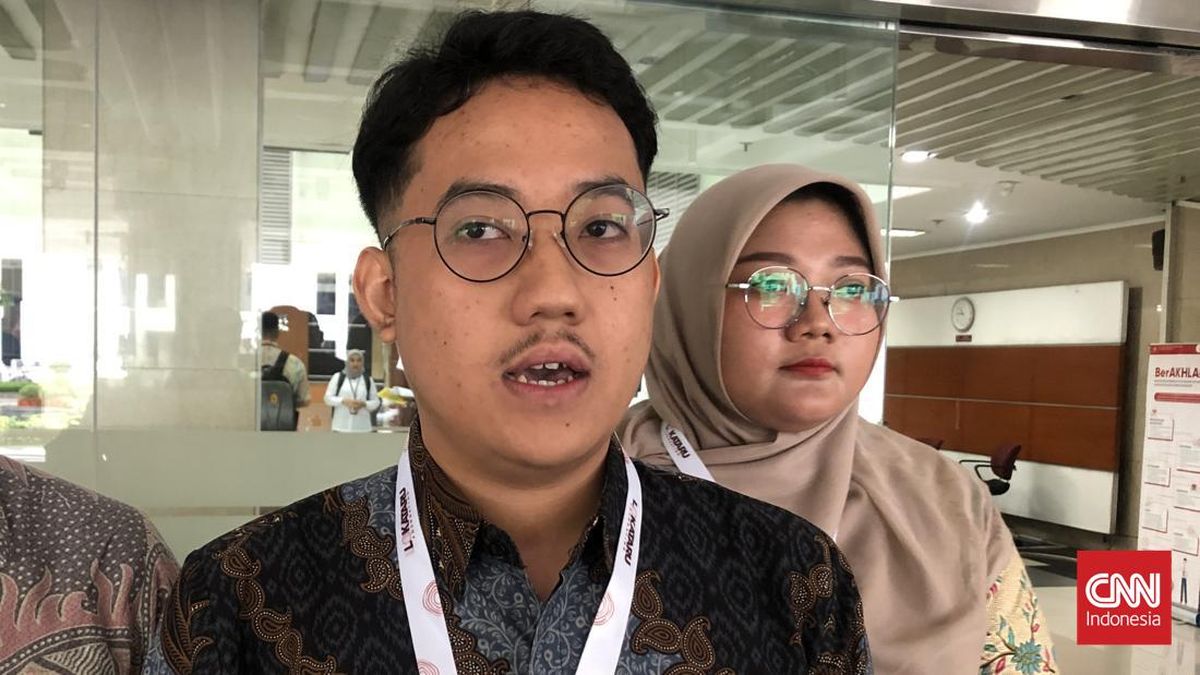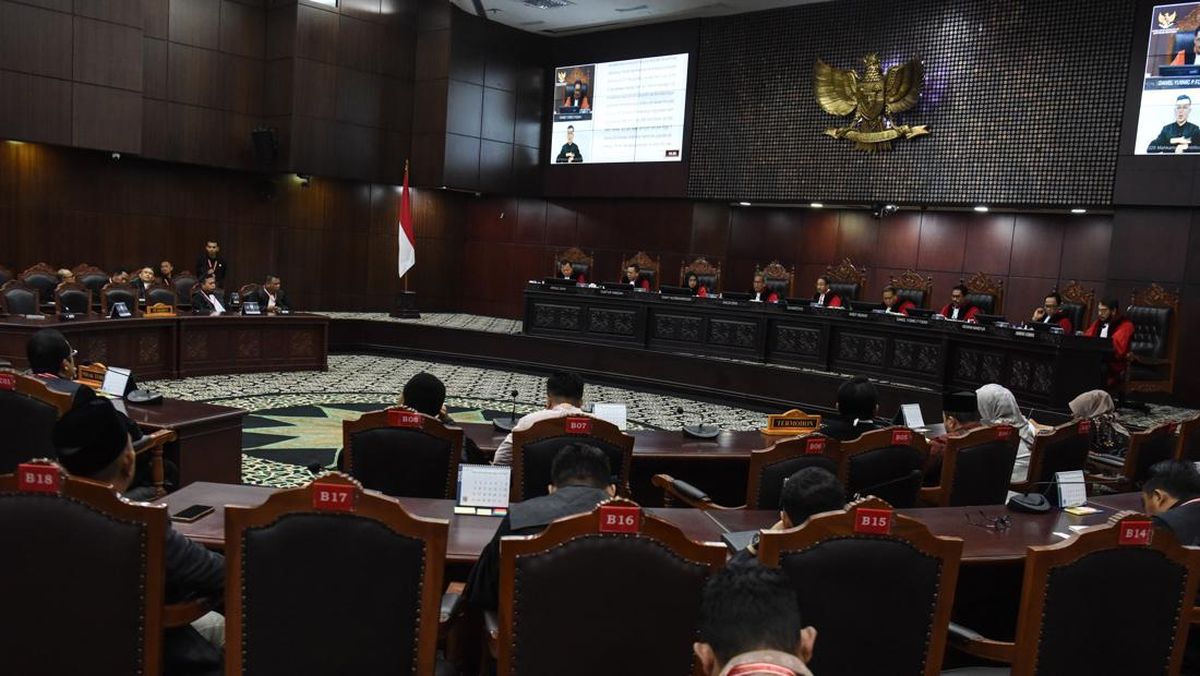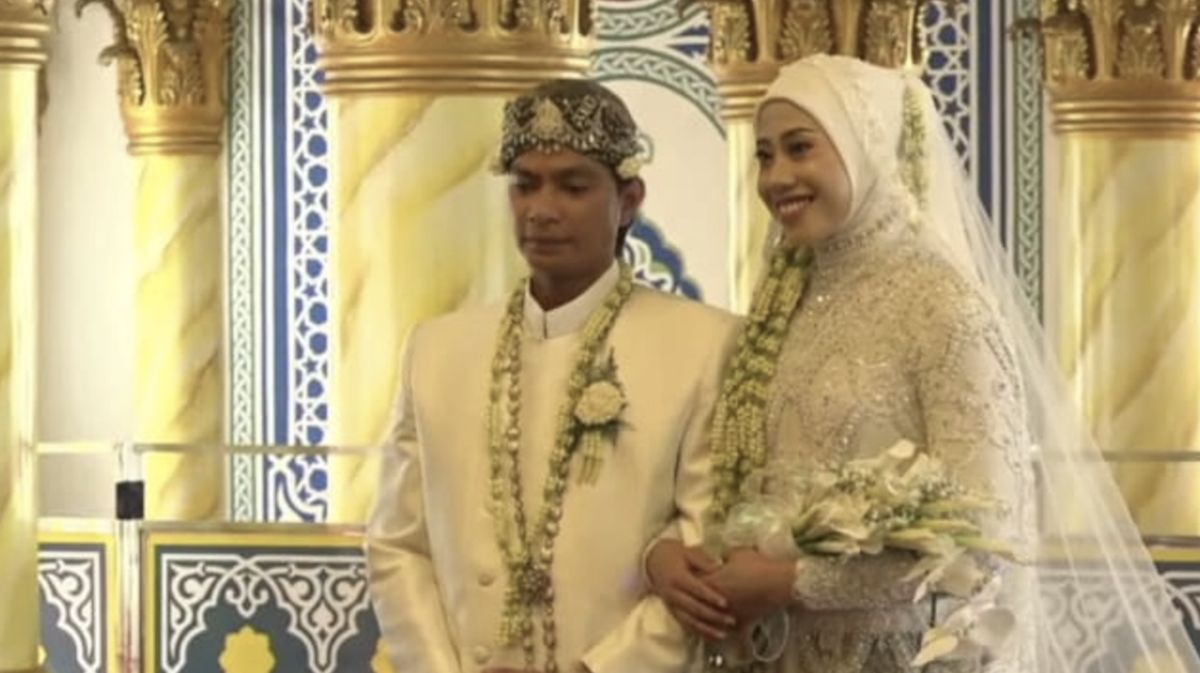An equal number of places will be allocated for girls and boys in the state’s selective schools and opportunity classes from 2027 under a radical overhaul that aims to boost the proportion of girls enrolled in the system.
New figures reveal a stark and growing gender gap in the academically selective system, with girls making up just 20 per cent of students in some primary school opportunity classes.

Students Wang Chen and Avni Aneej at Fort Street High, where girls make up about a quarter of this year’s intake. Credit: Jessica Hromas
The gender divide in the selective system has persisted despite years of policymaking designed to reverse the decline in female students applying and receiving offers for the top-ranked public schools.
Girls are also more likely than boys to turn down a spot in public selective schools, often in favour of lucrative scholarship offers at private schools.
NSW Education Department deputy secretary Martin Graham said the gender mix in selective high schools is now 58 per cent boys and 42 per cent girls, while in opportunity classes it is 60 per cent and 40 per cent.
He said from the 2027 intake onwards, there will be an equal number of selective places for girls and boys in opportunity classes, co-ed selective high schools and partially selective streams.
“There has been a declining number of girls applying for selective and opportunity class places, but even more critically, a decline in girls accepting a place. It’s continued as a trend, and we need to take direct action to address it,” Graham said.
The department last year said it was looking at ways to address the stubborn gender gap, including investigating further changes to the placement tests.
In 2018, a root-and-branch review of the state’s 51 selective schools found fewer places in the system for girls and too much emphasis on maths in the test.
The department vowed to tackle the gender gap and a revamped entry test followed in 2021 which placed less emphasis on maths and more on writing and reading. Despite the changes, the gender gap has grown wider.
Graham said no changes will be made to placement exams, and entry for boys and girls will continue to be based on performance in the test. He said girls and boys performed similarly on the test, although boys perform slightly better in maths, and girls in writing.
The proportion of girls accepting a place in selective schools has dropped to 41 per cent this year – the lowest on record – and in opportunity classes 38 per cent of girls accepted a place.
In some primary school opportunity classes 20 per cent of students are girls, Graham said.
At Fort Street High School, the state’s oldest selective school, two-thirds of students are boys. At Baulkham Hills High, it’s 57 per cent, at James Ruse it’s 56 per cent, and at Caringbah High it’s 61 per cent.
Graham said for parents and students, “the gender balance itself” has become the barrier. “We made changes to the test [in 2021] because we knew it had a gender bias. We increased the weighting of writing, we’ve done targeted advertising for girls. But we need to more directly address the issue,” he said.

Fort Street students Wang Chen, Alex Jacquot, Lila Bachfischer and Avni Aneej.Credit: Jessica Hromas
Experts say the reasons girls choose to reject an offer are complex, but can be due to gender imbalances across the system, long travel times on public transport to schools, friendship groups and rising competition from the private system.
In 2022, the department announced a significant overhaul to selective school admissions, setting aside 20 per cent of places for students from disadvantaged backgrounds.
Fort Street High principal Juliette McMurray said female enrolments have been decreasing at the selective school every year since 2018.
Loading
“This year, just under a quarter of year 7 students are girls. I’ve found it so perplexing because they are the face of the school, so I have been asking parents a lot of questions about why they are not accepting places,” she said.
“If the gender disparity is obvious coming in to the school, then fewer girls want to come. The girls do stick together and are very supportive of each other.”
McMurray said the impact on sport was significant, as with fewer girls it becomes more difficult to put teams together. When she asks parents why they are turning down spots it can be because “girls are taking up places in private schools, and they are offered a scholarship”.
She says the girls who sit the test and gain a place “often feel intimidated that they need to be tutored to stay, or that the school will be fully maths- and science-focused”.
“But at Fort Street, the creative arts program is our strength. Girls are interested in sport and music, but when they give reasons why they decide not to go to a selective school, it’s often because of the perception there is a lack of arts,” she said.
“There is this intimidation that they will have to go on and do selective tutoring, but I would say the students who are most successful at Fort Street aren’t tutored.”
Acting NSW Education Minister Courtney Houssos said the government is “working to provide opportunities for students to thrive, with applications to open for 2027 selective school and opportunity class entry in the coming weeks.
“There’s a growing decline in girls accepting places in opportunity classes and selective high schools, and we want to ensure our schools have a healthy gender balance.”
Loading
About 30,000 students apply to sit for the opportunity class (for gifted year 5 and 6 students) and selective high school tests each year, vying for about 6000 places. This year, riot police were called in to manage chaotic crowds after the entry exams were held in mega-testing venues.
All students enrolled in a selective school or offered places for next year are not affected by these changes. Applications for 2027 entry will close on February 20, 2026.
Start the day with a summary of the day’s most important and interesting stories, analysis and insights. Sign up for our Morning Edition newsletter.
Most Viewed in National
Loading



